
Hurricane Preparedness: Your Guide To Building an Emergency Water Supply Kit
Water to Go
When there’s a hurricane, homes are subject to wind and water damage, and in the worst cases, buildings can be destroyed. Even after a hurricane has passed through, water treatment plants and reservoirs could be compromised for days or weeks, leaving you without a safe water source.
This makes hurricane preparedness crucial for survival. During and after the storm, clean drinking water can be scarce, which leaves you and your family in danger of dehydration, among many other things.
With hurricane season approaching, it’s time to think about adding a reliable and replenishable source of water for an emergency kit. Keep reading to learn how you can make sure you and your family have clean drinking water during and after a hurricane.
Storing Your Emergency Water Supply
The most important thing for hurricane preparedness is a safe water source. It’s the bare minimum any human needs to survive. Whether it’s spring water or store-bought, you need to make sure you have enough water to stay hydrated, clean yourself, etc.
How Much Should You Store For An Emergency Water Supply?
FEMA and The Red Cross suggest storing a minimum of 1 US gallon for every member of your household. And don’t forget your pets, they need clean drinking water too! It is very unsafe for your pets to drink from any puddles, runoffs, and ponds after a storm.
You should store at least 3 day’s-worth of water for every person and pet for hurricane preparedness. That’s three US gallons of water for each animal and human in your home. If possible, try to store enough for 2 weeks after a hurricane.
----
Water-to-Go filters unsafe contaminants found in drinking water during hurricanes, including viruses like Hepatitis. Readers of this blog can get a 15% discount on Water-to-Go bottles. Use coupon code HURRICANE15 at checkout.
------
How Long Can You Store Water?
Throughout the year, you should be checking on all of your emergency supplies. Don’t forget to label your drinking water as such and record the date you first stored it in your hurricane preparedness kit. Even bottled water has an expiration date.
Where Should You Store Your Emergency Water Supply?
Keep stored water in a place with a fairly constant cool temperature and out of direct sunlight. Water bottles, when heated or left in the sun, can leech the chemicals from the plastic into the water inside, poisoning it. BPA is one of these toxic chemicals.
Don’t store your emergency water supply in areas where toxic chemicals such as gasoline or pesticides are present. If there’s a spill, there could be accidental leeching, which will have severe consequences if ingested.
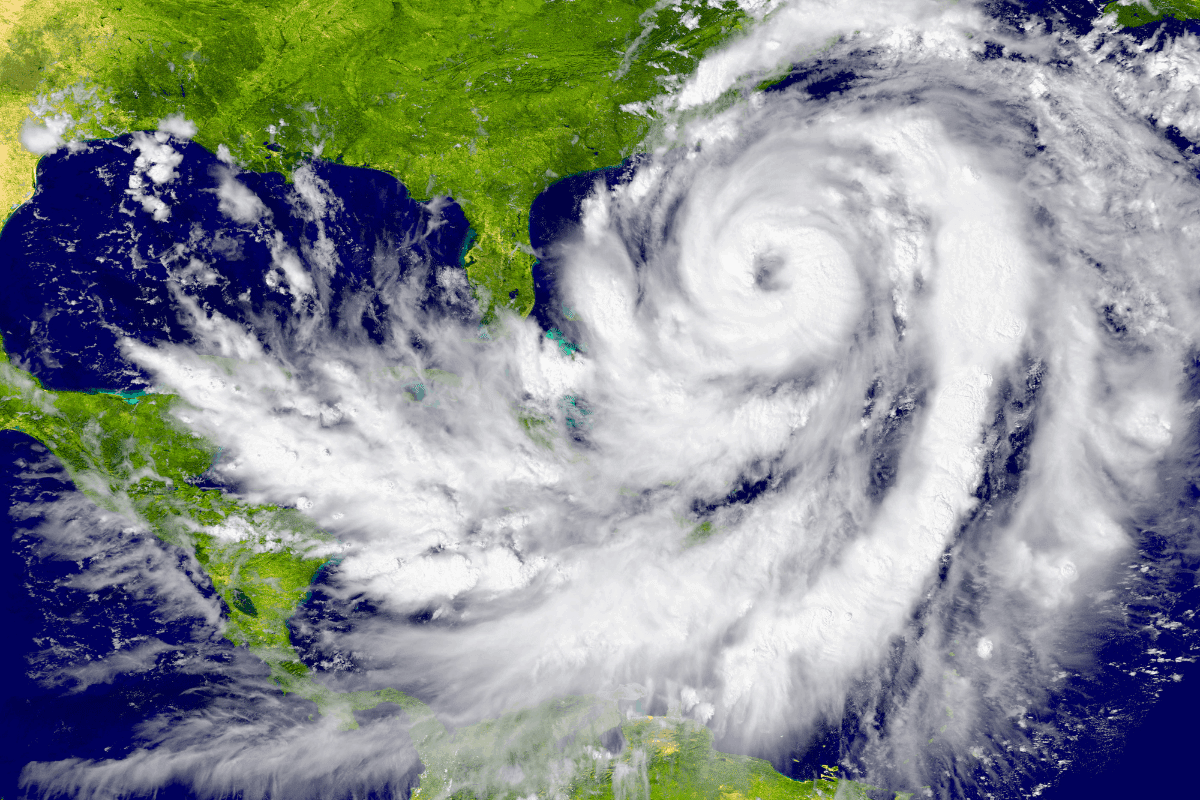
Is It Safe To Drink Tap Water After A Hurricane?
It isn’t safe to assume that your tap water is safe to drink after a hurricane. Your local water treatment plants may not be operating. Even if they are, storm damage and flooding can compromise water lines which makes tap water an unsafe water source.
If you live on a well, you have just as many concerns. Agricultural areas are more susceptible to hurricane-caused floods, which create runoff filled with sewage (from humans and animals), pesticides from crops.
Common Water Contaminants After A Hurricane
Hurricanes can contaminate the public water supply, especially if a tidal surge or flooding comes with it. After a hurricane, anything can end up in your water. Here are just some of the most common contaminants found in the water after a hurricane:
- E. Coli
- Cholera
- Salmonella
- Typhoid
- Insect larvae (in standing water)
The Effects of Drinking Contaminated Water:
Drinking contaminated water may cause illness. At best, it will make you sick, involving vomiting, diarrhea, fever, among other things. The worst cases of contamination can be fatal. Having an emergency water supply totally avoids that.
Don't drink water from wells, especially in areas of sewage contamination. Agricultural areas may have this issue as well since pesticides that are used on crops will run off into wells, ponds, and other bodies of water that are nearby.
Stay Safe When Drinking Water After A Hurricane
Use only purified, disinfected, or bottled water or drinking for your contact lenses, brushing your teeth, and cooking until the public water supplies have been declared safe. Bathing or showering with tap water is fine, but don’t let it get in your ears. If you shave with tap water, dab any cuts with antiseptic.
There are many ways you can keep yourself and your family safe from contaminated water after a hurricane. To create a safe water source for yourself, you can boil water, use bottles, or find a reusable filter that purifies your water of contaminants.
Boil Tap Water For Clean Drinking Water
Boiling water is one of the easiest ways to remove contaminants from the water after a hurricane. To clean your drinking water, water for one minute or longer. This will kill most types of disease-causing organisms. Let the boiled water cool and store it in clean containers with covers.
The downside of this measure to find clean drinking water is that after a hurricane, it’s likely your power won’t be back for some time, so boiling water may not be so simple. Even if you do have power or manage to build a fire, it can take a lot of time to boil and cool enough for everyone.
Use Bleach To Clean Drinking Water After A Hurricane
If you can't boil water, you can disinfect it for drinking or other use by adding 8 drops or 1/8 teaspoon of regular, unscented, liquid household bleach per gallon of water. At this level, the amount of bleach isn’t toxic to you, but it is to bacteria and other contaminants.
Stir it well and let it stand for at least 30 minutes before using it. If the water is cloudy, you can filter it through layers of clean cloth or allow it to settle, then draw off the clean drinking water for disinfection. The problem with this is that you’re drinking bleach, which isn’t good for you but is one of the only ways to truly disinfect the water after a hurricane without using power or heat.
Use Bottled Water As Your Emergency Water Supply
Using bottled water is an easy and semi-cheap way to access clean drinking water. But it’s not the most eco-friendly or healthy way to get clean drinking water for hurricane preparedness.
If you don’t’ stock up ahead of time, and there’s a hurricane warning, there may not be enough, or any at all.
Another problem with using water bottles as your emergency water supply is microplastics. A recent study found microplastic contamination in a stunning 93% of the bottles they tested. It was two times higher than the tap water samples. So, water bottles aren’t really a safe water source.
The final issue with bottled water is the damage it does to the environment. Plastic bottles and bottle caps rank as the 3rd and 4th most collected plastic trash items. At best, less than 1/3 of all plastic bottles will be recycled.
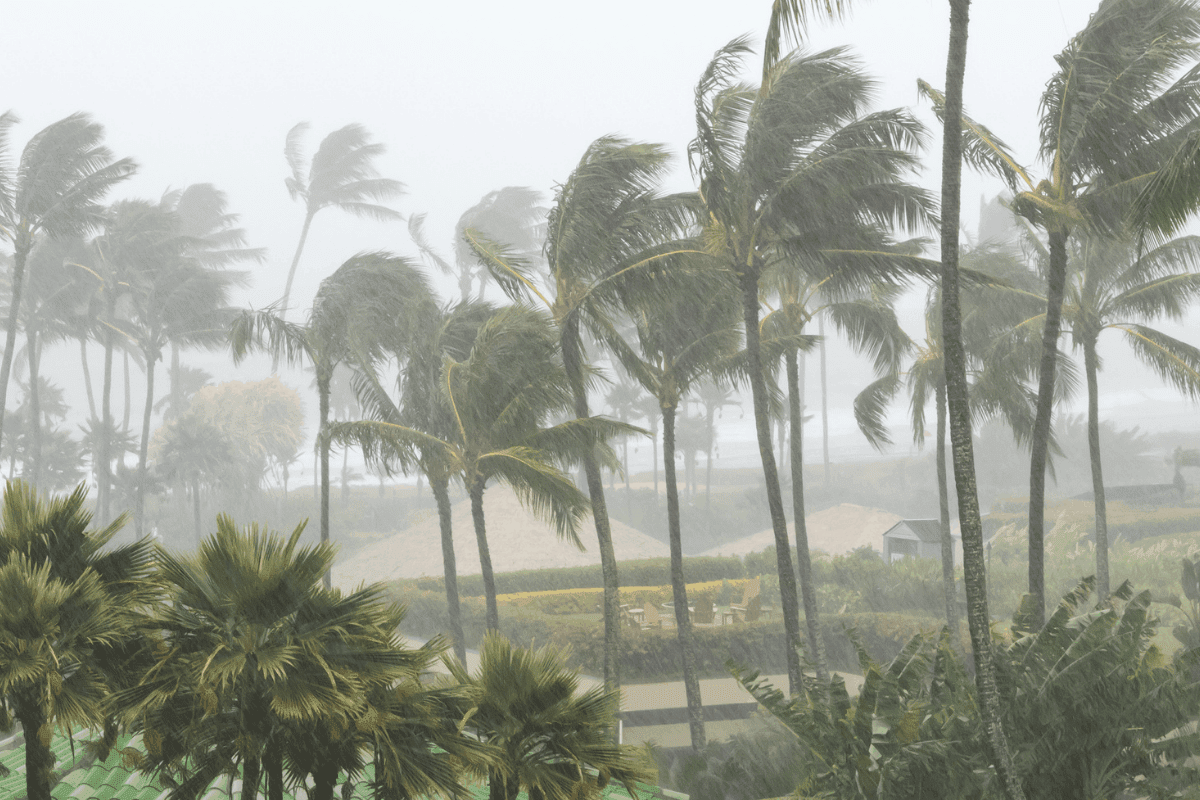
Use A Water Filter Bottle For A Reliable and Safe Water Source
Having a filtered water bottle is a reliable and much more environmentally friendly way to have safe drinking water after a hurricane. There are a variety of BPA-free bottles that don’t take up the room that plastic bottles do.
Water purifier bottles like Water-to-Go remove up to 99.9999% of all the contaminants in water that can make you sick, including bacteria, viruses, chemicals, heavy metals (e.g., lead), and microplastics.

You can fill it up from anywhere: the bathtub, toilet, pool, dirty tap, rivers, lakes, even a big puddle. Water-to-Go transforms dirty water into pure water in seconds. The filter purifies as you drink. And unlike other options, it’s easy to use. There’s no need for tablets, pumping, or batteries. It’s one of the most reliable sources of clean drinking water.
Conclusion: Play It Safe With Purified Water
Hurricane preparedness is crucial for coastal states. You must have enough food and clean drinking water for a few days at least. This means a safe water source for both people and your pets. Also, it’s important to keep your pets away from questionable water sources like puddles and ponds.
There are many ways to clean drinking water after a hurricane, but of all the methods, using a filtered water bottle is the easiest, safest, and most cost-effective way to make sure you and your family always have clean drinking water.
Water-to-Go filters unsafe contaminants found in drinking water during hurricanes, including viruses like Hepatitis. Readers of this blog can get a 15% discount on Water-to-Go bottles. Use coupon code HURRICANE15 at checkout.
Quick Links
Subscribe to our newsletter
All Bottles
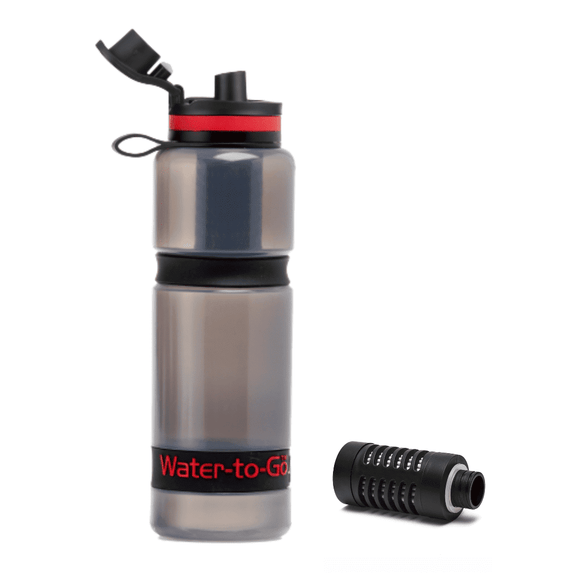
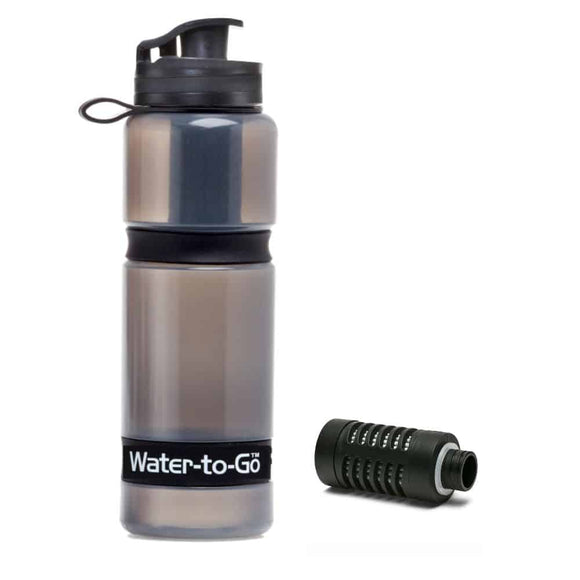
Water Bottle with Filter (25oz/75cl).
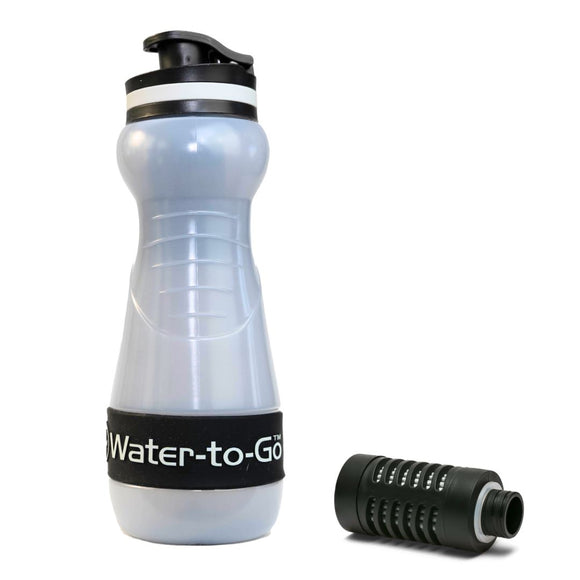
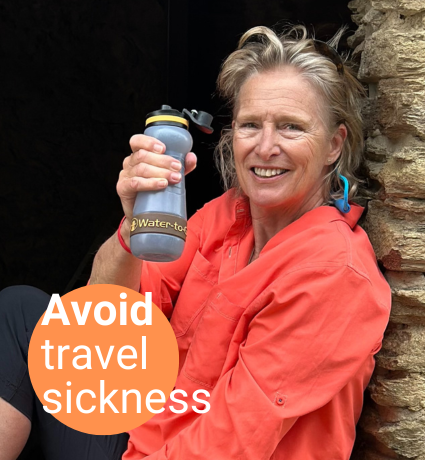
Water Bottle with Filter for Travel
(1)